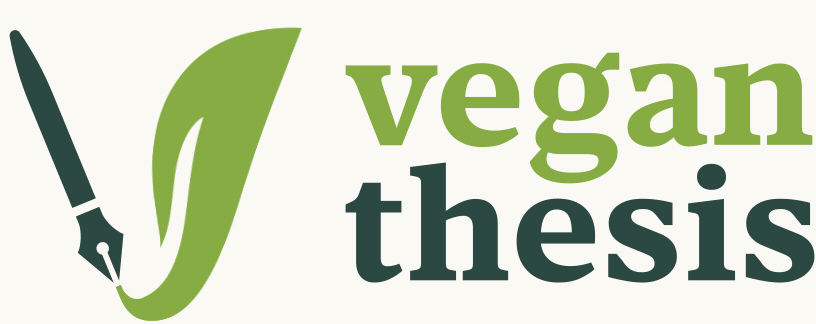What are the factors affecting the cost of production of various animal proteins, and what possible technological innovations could influence these costs?
Context and Relevance:
The production costs of animal proteins such as meat, eggs, and dairy are influenced by a variety of factors including feed, labor, transportation, and regulatory expenses. Understanding these factors is crucial for identifying potential areas where costs can be reduced. Additionally, emerging technological innovations may significantly impact production costs. This project aims to analyze the current cost structure of producing animal proteins and explore technological innovations that could alter these costs, providing insights for reducing the environmental and economic impacts of animal protein production.
Potential Research Approach:
Cost Structure Analysis:
Identify and quantify the key factors affecting the cost of production for various animal proteins. This includes feed, labor, veterinary care, housing, transportation, slaughter, and packaging operations. Use industry reports, academic literature, and market data for accurate cost estimates.
Technological Innovations:
Investigate emerging technological innovations in animal protein production such as alternative feeds, automation, and precision farming. Evaluate the feasibility, cost, and timeline for these innovations to be implemented at scale.
Policy Impact Assessment:
Analyze the impact of current government policies and regulations on production costs. Assess how changes in these policies could either increase or decrease costs.
Additional Questions:
How do variations in feed costs impact the overall cost of animal protein production across different regions?
What are the potential environmental benefits of implementing these technological innovations in animal protein production?
How do labor costs in different countries affect the competitiveness of animal protein production on a global scale?
